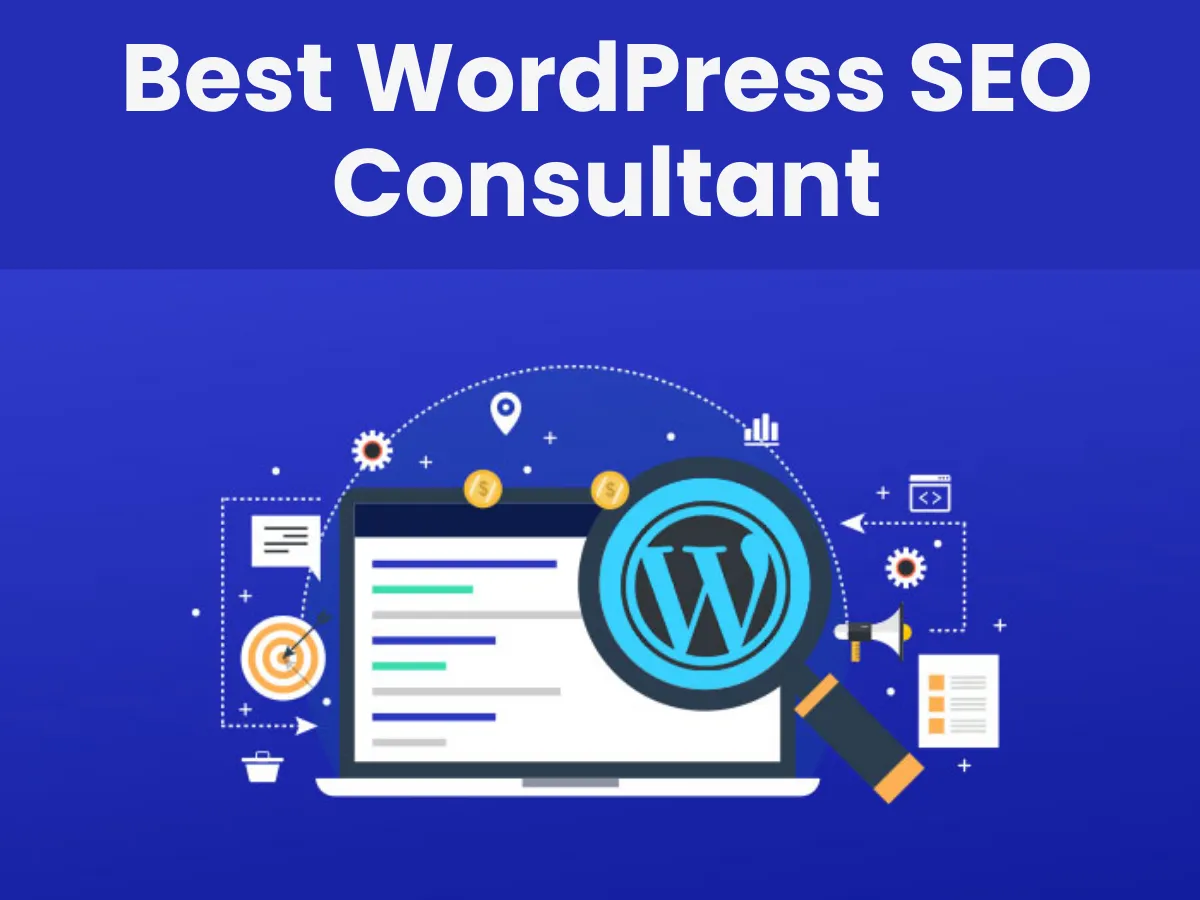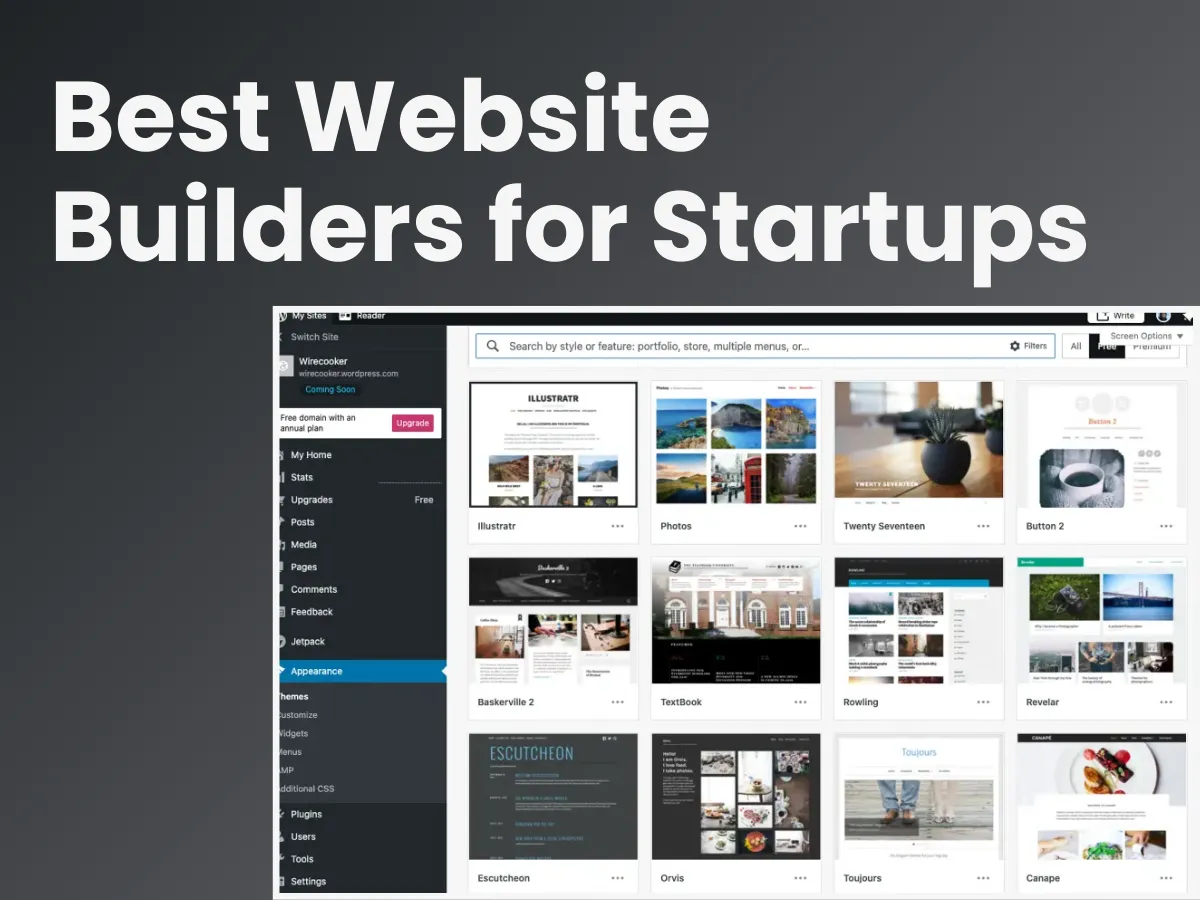If you’re short on time, here’s the gist: To attract clients as an immigration lawyer, you need to focus on local SEO, ensure your website is fast and mobile-friendly, create high-quality content answering common immigration questions, and earn backlinks from trusted legal sites. Below, you’ll find a step-by-step guide to optimize your website and improve your online visibility.
What you’ll learn:
- The importance of local SEO and how to rank in Google’s local pack.
- Step-by-step techniques for on-page and off-page SEO.
- The role of content marketing and how to use it to drive traffic.
- Key SEO tools that will make your life easier.
1. What is SEO for Immigration Lawyers?
SEO (Search Engine Optimization) is the process of improving your website so it ranks higher on search engines like Google. For immigration lawyers, this involves tailoring your SEO strategy to reach people searching for immigration services in your area. If done right, this can lead to more inquiries and clients.

2. Local SEO: Targeting Clients in Your Area
Immigration law is often location-specific, meaning your SEO strategy must focus heavily on local SEO to ensure you rank for searches like “immigration lawyer near me” or “visa services in [your city].”
Key Local SEO Strategies:
- Google Business Profile Optimization
Create or claim your Google Business Profile (formerly Google My Business) and ensure all your information is accurate (business name, address, phone number, working hours). - Citations and Directory Listings
Ensure your law firm is listed consistently across legal directories, local business listings, and immigration-related directories like Avvo or Justia. - Local Keywords
Optimize your website for keywords such as “[Your City] immigration lawyer” and other location-specific terms. Use these naturally in your headings, meta descriptions, and throughout your content.
Bonus Tip: Add a “Service Areas” page to your website that lists every location you serve. This is a great way to rank for nearby cities as well.
3. On-Page SEO: Building a Search-Friendly Website
Once you’ve tackled local SEO, focus on optimizing the content and structure of your website.
Key On-Page SEO Elements:
- Title Tags & Meta Descriptions Ensure every page has a unique, descriptive title tag and meta description. Use primary keywords, but make sure they sound natural to attract clicks.
- Mobile-Friendliness Make sure your website is mobile-responsive. Most potential clients will visit your website from their smartphones. Google prioritizes mobile-friendly websites in search results.
- Fast Loading Speeds A slow website can turn potential clients away. Use tools like Google PageSpeed Insights to test your site’s speed and follow recommendations to improve it.
- Structured Data & Schema Markup Use schema markup to tell Google exactly what your pages are about (e.g., legal services). This helps you appear in rich snippets, such as featured snippets or local search results.
4. Content Strategy: Attract Clients by Answering Their Questions
Content is the backbone of any SEO strategy. The more helpful, relevant, and trustworthy content you provide, the more likely you are to rank well.
Types of Content You Should Create:
- Immigration Law Blog Posts Write blog posts about common questions potential clients may have, such as “How to Apply for a Work Visa” or “Understanding Green Card Eligibility.” These topics not only establish you as an expert but also drive traffic.
- Practice Area Pages Each specific service you offer (e.g., family visas, employment visas, asylum) should have its own dedicated page. Optimize these pages with relevant keywords and make them comprehensive.
- Case Studies or Client Success Stories Share stories of how you’ve helped clients navigate complex immigration cases. Real-life examples make your content authentic and persuasive.
5. Off-Page SEO: Building Authority and Trust
Off-page SEO is all about earning backlinks—links from other websites to yours. Backlinks from credible sources show Google that your site is trustworthy and valuable.
How to Get Backlinks:
- Legal Directories Get listed on trusted legal directories like Avvo, FindLaw, and Lawyers.com. These sites often rank well and can pass authority to your website.
- Guest Blogging Reach out to immigration-related blogs or legal publications and offer to write guest posts. Make sure to include a link back to your website.
- Local Partnerships Partner with local organizations or immigration support groups, and ask them to link to your website from their resources pages.
6. Tools for SEO Success
As you build your SEO strategy, use these tools to track your progress:
- Google Analytics: Track how many visitors come to your site and from where.
- Google Search Console: Monitor your website’s search performance and fix any technical issues.
- Ahrefs or SEMrush: These tools help you track your rankings, analyze competitors, and find backlink opportunities.
Conclusion
SEO for immigration lawyers is all about focusing on local SEO, creating helpful content, and building trust with both Google and potential clients. By following the strategies outlined above, you’ll see an increase in traffic and client inquiries over time. Don’t expect overnight results; SEO is a long-term investment, but it will pay off in the form of new clients and increased visibility.
Related:



